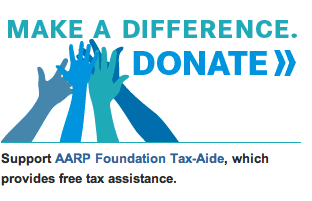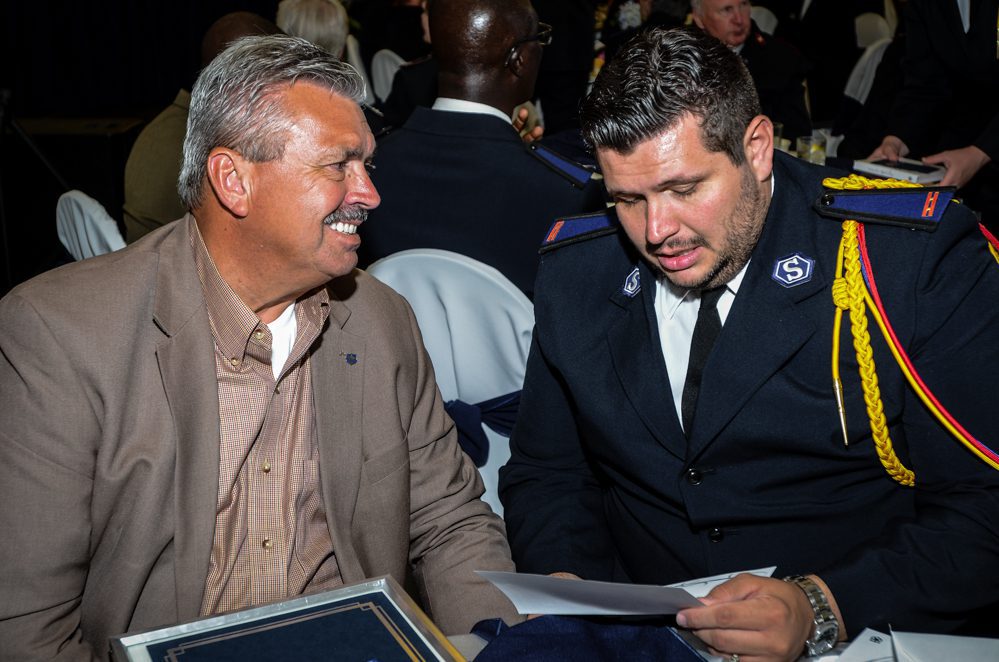Listen to this article
Listen to this article
Loading
Play
Pause
Options
0:00
-:--
1x
Playback Speed- 0.5
- 0.6
- 0.7
- 0.8
- 0.9
- 1
- 1.1
- 1.2
- 1.3
- 1.5
- 2
Audio Language
- English
- French
- German
- Italian
- Spanish
Open text
on the corner. being fully human. by robert docter, editor-in-chief –. what does it mean to be fully human, and how does one get there? first, we need to explore how we got to be the way we are. we carry the past with us. much of it is made up of human interactions, and the primary stuff of our humanness comes from these interactions. their product, our perceptions and attitudes, thoughts and beliefs, feelings and behaviors, become internalized. they become memory traces, forever locked in storage in this remarkable part of our brain we call the cerebral cortex. as our principal caregivers, our parents contribute mightily to much of our past. we do not choose them. we did not choose the ones who raised them nor any of the prior generations of our families. nevertheless, they all added to what we are. the addition is not simply from a specific gene pool but from everything else about us as well. for everyone, this early shaping contributes much to our present life. it has the potential of establishing patterns of thoughts, feelings and behaviors concerning various events, situations and opportunities that confront us. it provides a response option. inauthenticity for some, this initial shaping by these past interactions becomes a lot more than a response option. it defines life itself. it places severe limits on the scope of the choices available. it puts tight dimensions on the measures of their growth. it restricts the amount of freedom they allow themselves. they become captives of the patterns of the past. there is little that is unique about them. they are inauthentic. the human interaction that produced this inauthenticity was either overly rigid or inappropriately permissive. rigidity has its roots in fear. narrowness is perceived as being protective. unfortunately, it limits the reach of human interaction. permissiveness requires the individual to assemble his or her own patterns from an over- abundant array of inconsistent contributors until the individual finds himself trapped in a self-selected orbit of control—stuck by immobility. authenticity through self-awareness for others, this human interaction provides a foundation of values based on principles instead of rules. from these principles they assemble a framework of choices. the early patterns of the past become a choice but not necessarily the choice. rationality enters and contributes to self-awareness. our thoughts trigger conscious products rather than impulsive reactions. self-awareness provides the opportunity to live in the present, to balance feeling with thought. we neither become too intense emotionally, nor do we ignore feeling. we know when to grieve and when to dance—when to build and when to tear down—when to speak and when to be silent. our self-awareness allows us to become more conscious of the thought patterns that dictate the way we feel. we are able to recognize that thought determines the focus of feelings, and that feelings determine the kinds of behavior that emerge. figure/ground none of us are fully authentic at all times. we exist in an unsettled world presenting uncertain choices. we grow in non-judgmental maturity as we recognize that our own behavior and that of others must be understood within the context of the individual and separate perceptions of our present environment. we understand the canvas—the background on which we paint the pictures of our life is not blank. patterns of the past are present on it. they add to the picture, but they are not the central figure. that is left to us to paint. we struggle to grow in recognizing that which is figure and that which is ground. gradually, we come to understand that life has tragedy within it—that it’s never perfect. the shadows falling upon us sometimes loom as darkness. only our inauthentic parts appear with revealing brilliance. we believe we must be the best in everything—have the most of everything—look the finest of everyone. we forget that:. god deliberately chose men and women that the culture overlooks, those exploited and abused—the ‘nobodies’ to expose the hollow pretensions of the ‘somebodies.’ 1 cor. 1:27 – the message. otherness the measure of our true humanness is best indicated by dimensions of our “otherness.” the model of what it means to be fully human is jesus. you can’t ignore him. you can’t put him on some kind of churchy shelf and pretend that the life he preached was for another time in another place for other people. karl barth described him as “a man for others.” he feels our pain—he senses our confusion—he shares our grief—he stands closely with us in times of distress. his entire identity is defined by his complete otherness. his life ignored control. instead, he simply related. he taught—often with paradox. the world hasn’t truly figured him out yet. his entire life on earth was wrapped in relationships. to be like jesus means that we become more aware of the means we choose to practice the qualities of otherness that make us fully human.
Open context player
Close context player
Plays:-Audio plays count
on the corner. being fully human. by robert docter, editor-in-chief –. what does it mean to be fully human, and how does one get there? first, we need to explore how we got to be the way we are. we carry the past with us. much of it is made up of human interactions, and the primary stuff of our humanness comes from these interactions. their product, our perceptions and attitudes, thoughts and beliefs, feelings and behaviors, become internalized. they become memory traces, forever locked in storage in this remarkable part of our brain we call the cerebral cortex. as our principal caregivers, our parents contribute mightily to much of our past. we do not choose them. we did not choose the ones who raised them nor any of the prior generations of our families. nevertheless, they all added to what we are. the addition is not simply from a specific gene pool but from everything else about us as well. for everyone, this early shaping contributes much to our present life. it has the potential of establishing patterns of thoughts, feelings and behaviors concerning various events, situations and opportunities that confront us. it provides a response option. inauthenticity for some, this initial shaping by these past interactions becomes a lot more than a response option. it defines life itself. it places severe limits on the scope of the choices available. it puts tight dimensions on the measures of their growth. it restricts the amount of freedom they allow themselves. they become captives of the patterns of the past. there is little that is unique about them. they are inauthentic. the human interaction that produced this inauthenticity was either overly rigid or inappropriately permissive. rigidity has its roots in fear. narrowness is perceived as being protective. unfortunately, it limits the reach of human interaction. permissiveness requires the individual to assemble his or her own patterns from an over- abundant array of inconsistent contributors until the individual finds himself trapped in a self-selected orbit of control—stuck by immobility. authenticity through self-awareness for others, this human interaction provides a foundation of values based on principles instead of rules. from these principles they assemble a framework of choices. the early patterns of the past become a choice but not necessarily the choice. rationality enters and contributes to self-awareness. our thoughts trigger conscious products rather than impulsive reactions. self-awareness provides the opportunity to live in the present, to balance feeling with thought. we neither become too intense emotionally, nor do we ignore feeling. we know when to grieve and when to dance—when to build and when to tear down—when to speak and when to be silent. our self-awareness allows us to become more conscious of the thought patterns that dictate the way we feel. we are able to recognize that thought determines the focus of feelings, and that feelings determine the kinds of behavior that emerge. figure/ground none of us are fully authentic at all times. we exist in an unsettled world presenting uncertain choices. we grow in non-judgmental maturity as we recognize that our own behavior and that of others must be understood within the context of the individual and separate perceptions of our present environment. we understand the canvas—the background on which we paint the pictures of our life is not blank. patterns of the past are present on it. they add to the picture, but they are not the central figure. that is left to us to paint. we struggle to grow in recognizing that which is figure and that which is ground. gradually, we come to understand that life has tragedy within it—that it’s never perfect. the shadows falling upon us sometimes loom as darkness. only our inauthentic parts appear with revealing brilliance. we believe we must be the best in everything—have the most of everything—look the finest of everyone. we forget that:. god deliberately chose men and women that the culture overlooks, those exploited and abused—the ‘nobodies’ to expose the hollow pretensions of the ‘somebodies.’ 1 cor. 1:27 – the message. otherness the measure of our true humanness is best indicated by dimensions of our “otherness.” the model of what it means to be fully human is jesus. you can’t ignore him. you can’t put him on some kind of churchy shelf and pretend that the life he preached was for another time in another place for other people. karl barth described him as “a man for others.” he feels our pain—he senses our confusion—he shares our grief—he stands closely with us in times of distress. his entire identity is defined by his complete otherness. his life ignored control. instead, he simply related. he taught—often with paradox. the world hasn’t truly figured him out yet. his entire life on earth was wrapped in relationships. to be like jesus means that we become more aware of the means we choose to practice the qualities of otherness that make us fully human.
Listen to this article













